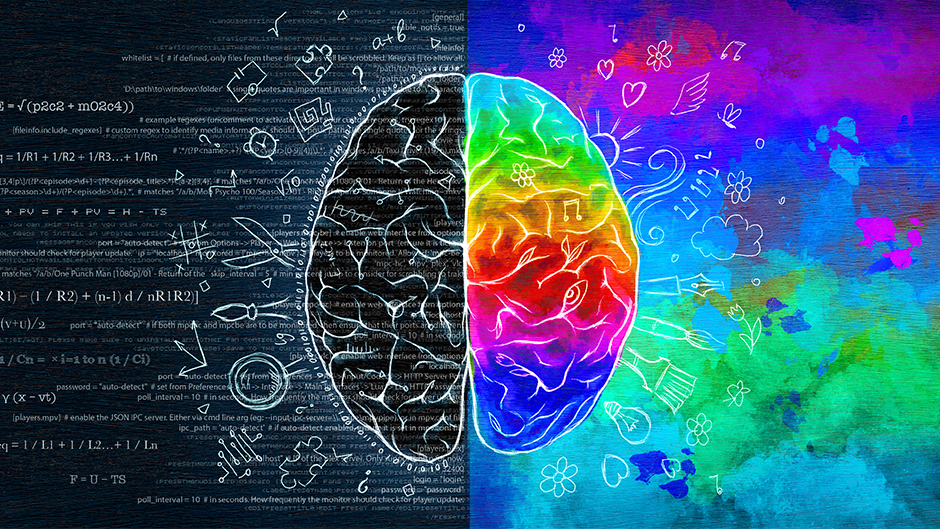
Physical activity and exercise are among the most effective, non-pharmacological, tools for improving cardiovascular health and, in turn, cognitive capacity in older adults; however, the underlying mechanisms are poorly understood. Changes in the cerebral microvasculature (capillaries, arteriole and venules) are known to be major contributors to cognitive impairment. Therefore, quantifying exercise-induced changes across the cerebral microvasculature, and the levels of cognitive improvement associated with them, would provide insightful information to both clinicians and researchers. Regrettably, the technical expertise and costs associated with procedures for assessing cerebral vasculature, such as magnetic resonance imaging (MRI) and computer tomography (CT), are prohibitive. Fortunately, alterations in the eye’s retinal microvascular structure, volume, and blood flow are easily accessed through the transparent ocular fluid, and they reflect similar changes as in the vessels of the brain. This collaboration between the Laboratory of Neuromuscular Research and Active Aging of the Department of Kinesiology and Sport Sciences and the Experimental Imaging Laboratory in the Department of Ophthalmology of Bascom Palmer Eye Institute, which is funded by the 2021 Provost’s Research Award, is designed to demonstrate the responsiveness of these non-invasive, relatively inexpensive retinal markers to changes in aerobic capacity resulting from high-speed circuit resistance training. Further, we will examine the correlations between retinal vessel and cognitive changes. This will demonstrate the viability of retinal scans as cost-effective and accessible clinical and research tools for assessing the effectiveness of different exercise programs. Additionally, it will allow the monitoring of the time-course of microvascular changes allowing more precision in designing exercise programs to target cognitive function.
Contributors:
Joseph Signorile, Jianhua Wang, Hong Jiang, Keri Strand
Max Orovitz Laboratories, Department of Kinesiology and Sport Sciences
Partners:
Scientific Experimental Imaging Laboratory, Bascom Palmer Eye Institute

